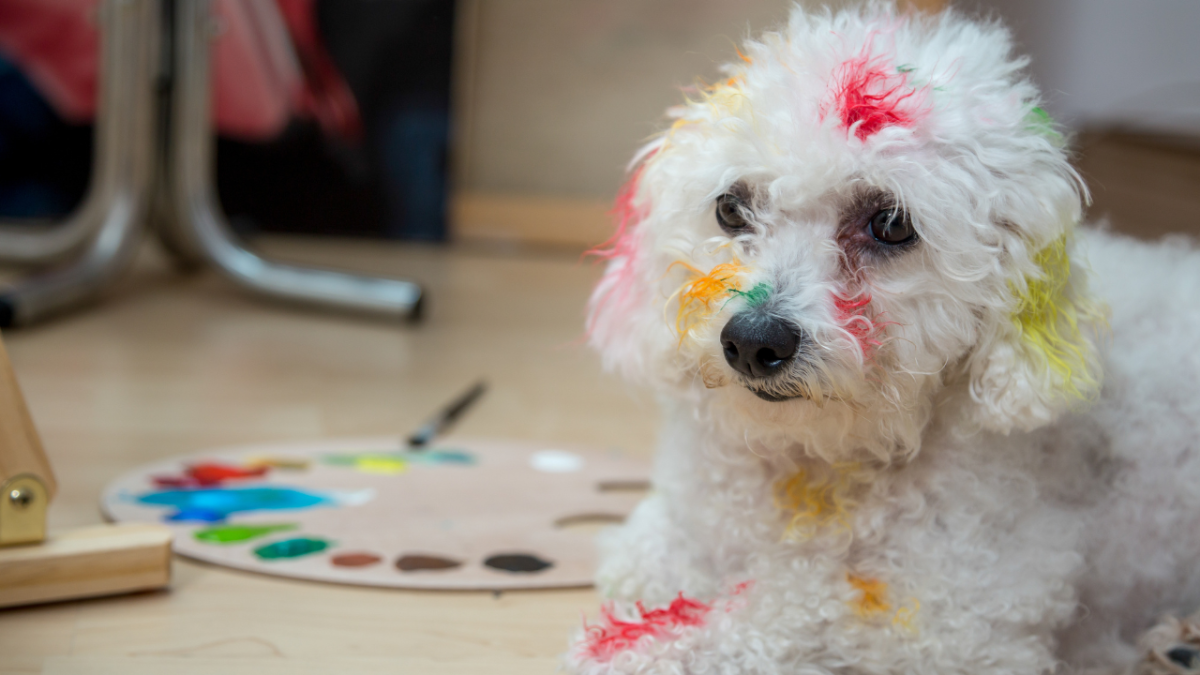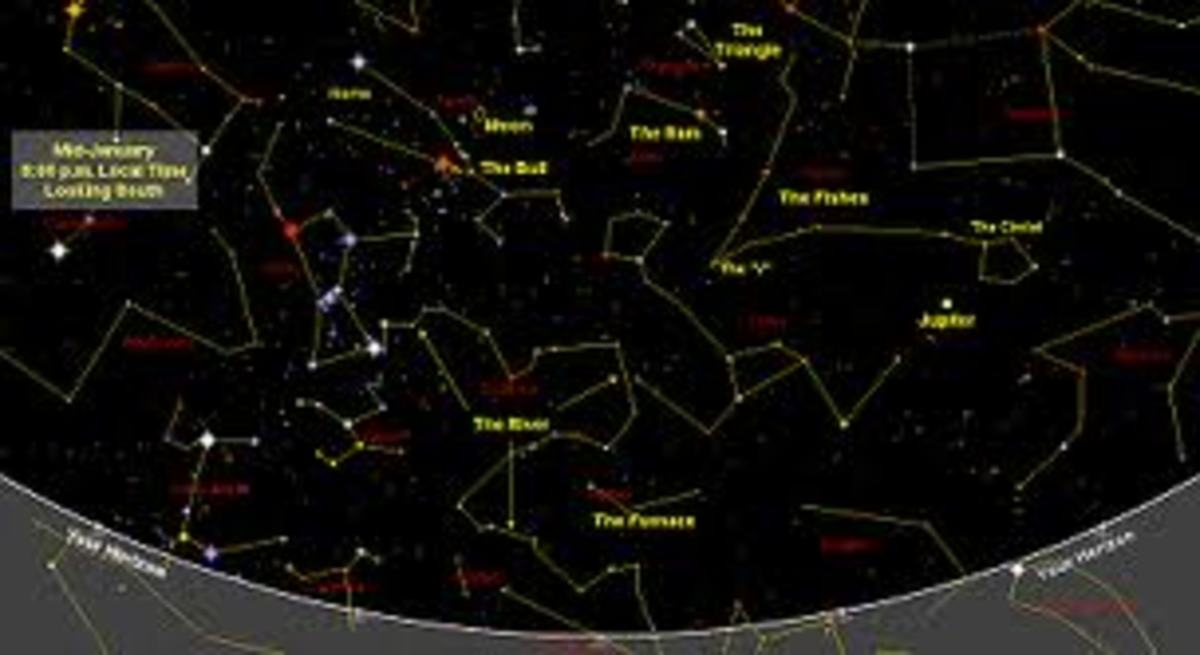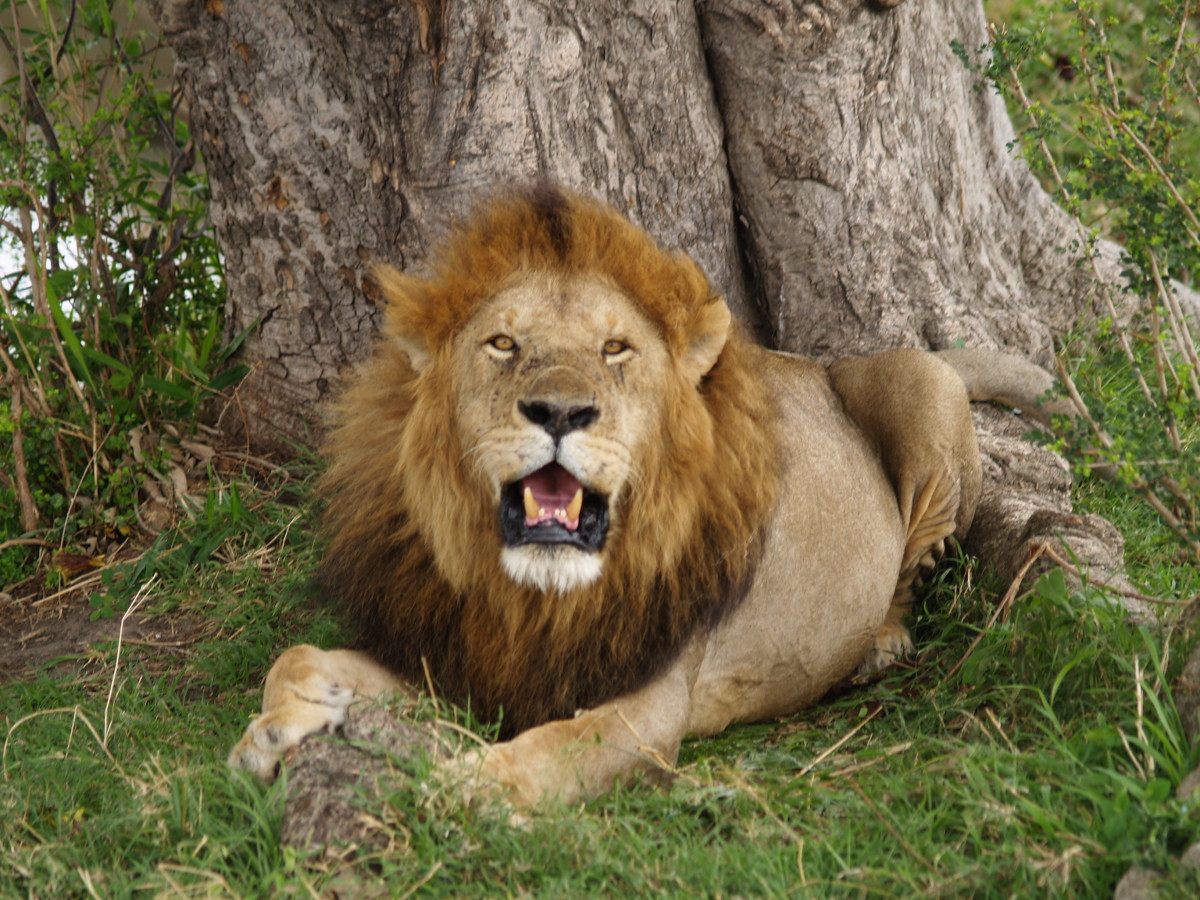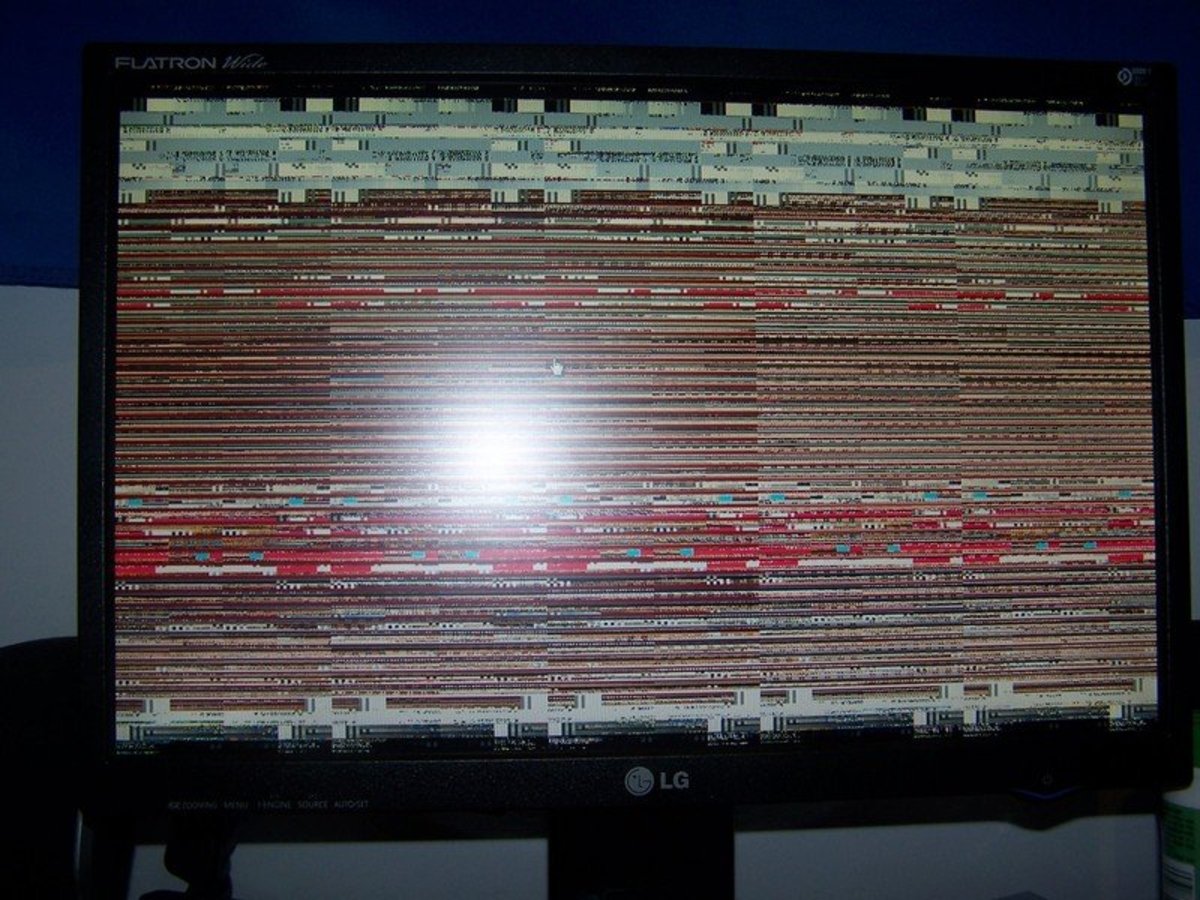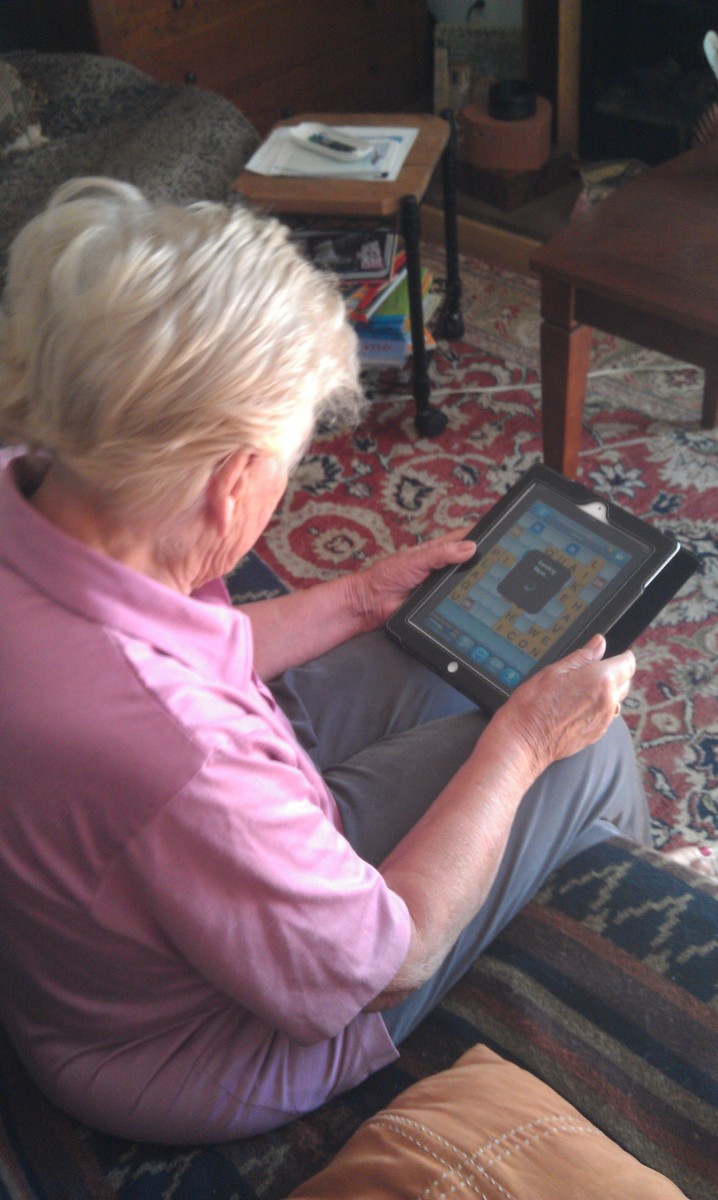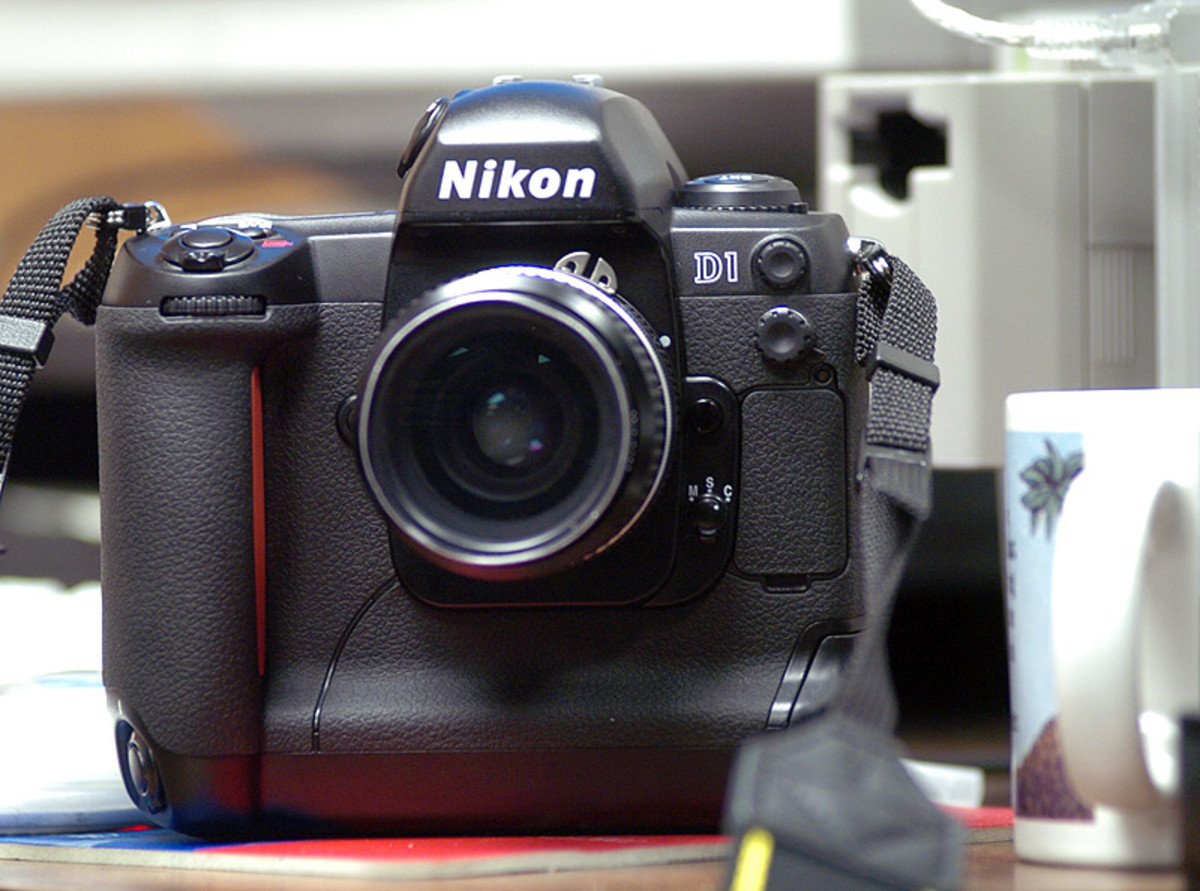different camera & binocular visions info
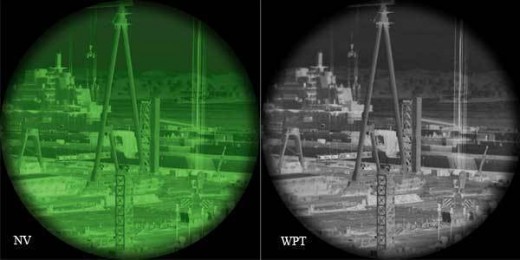

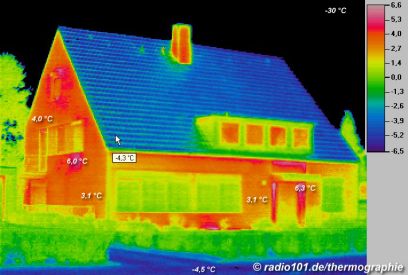
What inspired me to write this post are spy and military video games. But the thing that inspired me the most is the movie "Predator 2" and me remembering a scene when the Predator was in the meat warehouse. The scene goes that a police team got info that it can only see heat so they prepared suits that omitted no heat. As the team enters the warehouse looking for Predator, Predator hears but is confused sense it can clearly see. Then the part that interested me is when it flashed or changed different visions, which i have little clue to what a few of them were, until it set a correct sight to then attack the forces. The vision that the Predator saw them was a light blue which picked up the team's flashlights which showed it as red cone shape.
In spy and military-like video games there is always night vision. The visions i have seen are thermal, infrared (all red color like with the terminator) and a James Bond game "Nightfire" had x-ray vision. The thing about night vision is that no technology is need all the time. Many animals such as lions, cats, dogs, deers, alligators, owls, Tigers and basically all nocturnal creatures have their own night vision built into there eyes. Their eyes at night picks up the smallest amount of light from the eyes rhodopsin which is very sensitive to light changes. Also the tissues in back of their eyes reflect light back through the retina making the animal able the see in the dark. Humans don't have that luxury we need technology to see in the dark such as cameras and binoculars (& monoculars). I won't go through the history but some interesting notions. I notice that there are 2 different color shades in night vision, white (white then darker to black) and green (green then darker to black). Why do some use white and some use green? Many don't know. But it is said that green is mostly used because its better. It is claimed that the eye is more adapted to the color green and many armed forces use this version of night vision. It's claimed that white can't be see as well. When it comes to night vision cameras and binoculars it has slightly more cost to it but it is very cheap compared to thermal imagery cameras. Its good especially recording at night since it will be able to pick up near all of ones footage. With the binoculars it is easy to see in the dark or night and move around. The military uses them the most especially when doing night operations. Night operations would be near impossible without it. Those binoculars are not just for armed forces but the common man too. A good use most often is camping or fishing at night. Both night vision camera and binoculars operate better than a flashlight, flashlights only illuminate a small direct area with it being dimmer away from it. One can see much better with night vision.
Heat vision is another kind and is different than night vision which is mostly light based. Heat vision is based on temperature of surrounding objects. With this there are two types of heat visions, infrared and thermal. They also have two differences between them, wavelengths and colors used in the image. The most commonly seen is thermal imagery, this is the rainbow colors. Violet/purple and blue being coldest, as the temperature rises cyan to green to yellow is mid warm, then orange to red to purple is hot and fades to white is the hottest. Infrared has a similar color concept but there is no green or blue colors. It is from coldest to hottest is purple, red, yellow and white. It has a very high contest (blend in) when looking at a photo in this form. But this vision it also helpful, not only one can see temperature but can see through smoke. Firefighters are the main users of this since its their profession and it helps them. It has a use for security since it can be programed to set an alarm when the temperature changes at the wrong time, lets say the vault to a bank. It is also used in quality control of various machines and infrastructure were one can check if there are problems like leaks or dangers. Sometime the medical field uses this for diagnosis and checking unusual body temperature in certain areas. Heat vision does have some limits or getting around. The way around this at night is for a person to cover themselves with something cold and the camera won't pick the image up it would be as the background. Or if its an camera linked to alarm system, as proven by the show Mythbusters, all one has to do is slowly raise the room temperature and the camera will think every thing is normal. Note that thermal cameras and binoculars are very costly.
Since both night and heat vision has benefits and some faults, the military came up with a new type of vision. This vision is a combo of both night and heat. The colder background is green like night vision but when something that has heat comes across it that heat object is outlined and seen as shades of orange-yellow. It is called ENVG or Enhanced Night Vision Goggles, AN/PSQ-20 is a bit over 2 pounds. It was issued in 2008 and cost $10,000. It's a big improvement but i doubt many will have this since the cost.


